Korean holidays provide a vibrant glimpse into South Korea’s rich traditions and communal values, passed down for generations. These occasions, from honoring ancestors to welcoming the new year, showcase the country’s deep cultural heritage.
Each holiday reflects different aspects of Korean life and beliefs, offering both locals and visitors a chance to immerse themselves in the culture. From sampling traditional Korean foods to joining ancestral rites and festive parades, these celebrations bring the essence of Korea to life.
Important Korean holidays, like Seollal (Lunar New Year), are celebrated with great enthusiasm, bringing families together for time-honored traditions. These include bowing to elders, exchanging well-wishes for prosperity, and sharing tteokguk, a rice cake soup symbolizing health and a fresh start.
Throughout the year, these celebrations serve as pillars of the Korean calendar, marking moments of reflection, gratitude, and hope. From flying kites during Yeongdeungje, which welcomes spring, to moon-gazing during Chuseok, the mid-fall harvest festival, these holidays foster unity and provide an immersive experience of Korea’s rich cultural heritage.
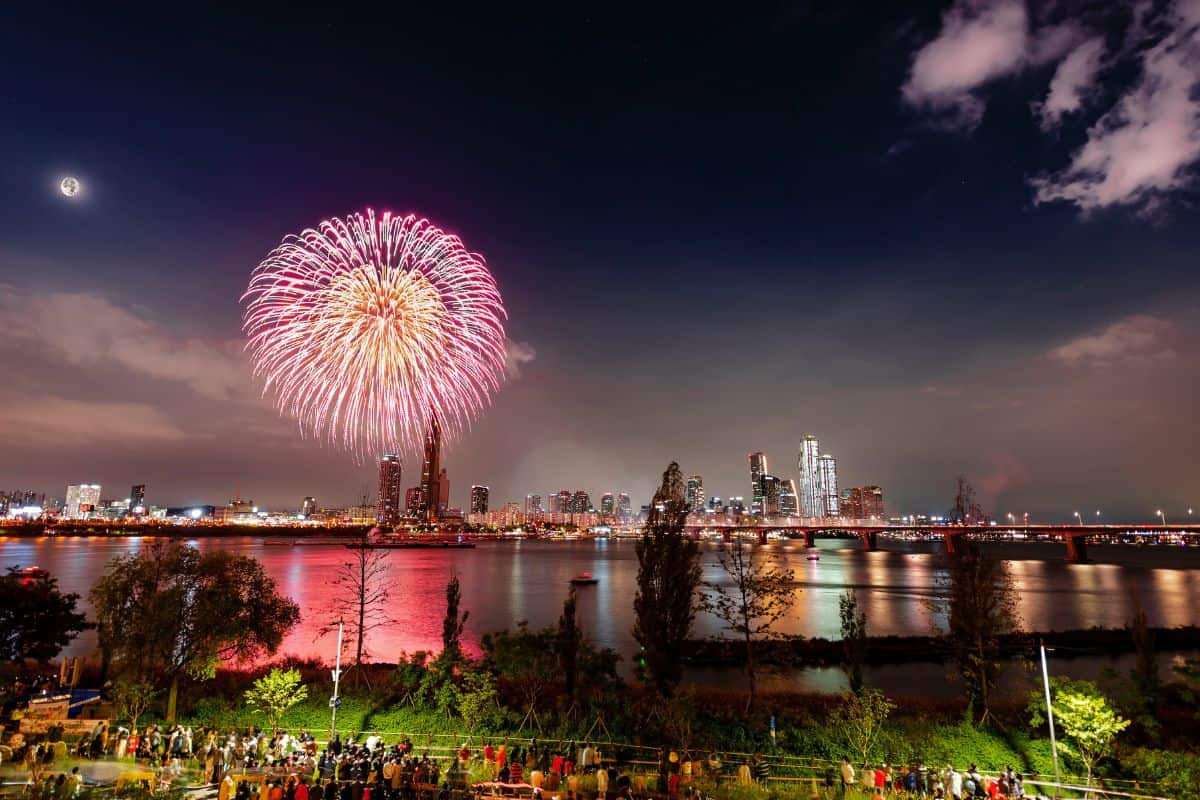
Jump to:
🎁 Understanding Korean Holidays
Historical Significance
Korean holidays often honor significant historical events or legendary figures, reflecting the nation’s deep respect for its past. Gwangbokjeol (Independence Day), for example, commemorates Korea’s liberation from 30 years of Japanese rule.
These holidays serve as reminders of the struggles and triumphs that have shaped the nation, offering both citizens and visitors a deeper understanding of its history.
Cultural Beliefs and Practices
The cultural beliefs and practices surrounding Korean holidays highlight the communal nature of Korean society. Holidays like Chuseok (Korean Thanksgiving) emphasize family reunions and ancestral rites, reflecting the deep importance of familial bonds and filial piety in Korean culture.
Lunar Versus Western Calendars
Korean holidays uniquely blend the lunar and Gregorian calendars, with secular holidays following the Gregorian calendar and cultural or historical celebrations based on the lunar calendar. For instance, Seollal (Lunar New Year) varies each year as its date is determined by the lunar cycle, but Hangul Day is always on October 9th each year.
Korean Holiday Traditions
Each holiday carries its own unique traditions and customs. During Seollal, people wear hanbok (traditional outfits) and perform sebae (a deep bow) to honor their elders. It's also customary to eat tteokguk (rice cake soup), which is believed to bring good luck and symbolize a fresh start for the year.
ℹ️ Major Public Holidays in Korea
Seollal: Korean Lunar New Year
Seollal, the Korean Lunar New Year, is one of Korea’s most significant traditional holidays, typically falling in January or February, depending on the lunar calendar. Families gather to honor ancestors and share a feast of traditional foods, including tteokguk, a rice cake soup believed to add another year to one’s age and bring good fortune.
Chuseok: Korean Thanksgiving Day
Chuseok, often called Korean Thanksgiving Day, is one of Korea’s most important festivals, similar in significance to Seollal. Celebrated in September or October, it's a time for families to reunite, enjoy a feast of harvest foods, and honor their ancestors.
A signature delicacy of Chuseok is songpyeon, a crescent-shaped rice cake symbolizing gratitude and prosperity.
Children's Day and Other Celebration Days
Children's Day (Eorininal), celebrated on May 5th, is dedicated to honoring the joy and dignity of children. This public holiday is a day off school for kids, and encourages reflection on the importance of childhood and features nationwide festivities, where children enjoy special activities and often receive gifts from their parents.
Gwangbokjeol: National Liberation Day
Gwangbokjeol, or National Liberation Day, is observed on August 15th, commemorating Korea’s independence from Japanese rule in 1945. On this day, public buildings and homes display the Taegeukgi (national flag), while official events and performances across the country celebrate freedom and patriotism.
Hangeul Day: Celebration of the Korean Alphabet
Hangeul Day, celebrated on October 9th, honors the creation and proclamation of the Korean alphabet, Hangul, by King Sejong the Great. This public holiday highlights Korea’s linguistic and cultural identity through events and exhibitions that showcase the uniqueness and scientific design of the Hangul writing system.
🎉 Festivals and Special Days
Buddha's Birthday and Lotus Lantern Festival
The Buddha's Birthday (Seokga Tansinil) honors the birth of Siddhartha Gautama, the founder of Buddhism, and is observed on the 8th day of the 4th lunar month.
Temples across Korea are adorned with colorful lanterns, creating a serene atmosphere for reflection on Buddhist teachings. Celebrated alongside this holiday, the Lotus Lantern Festival illuminates the streets with intricate lanterns, symbolizing enlightenment and peace.
Harvest Moon Festival and Dano
The Harvest Moon Festival, or Chuseok, is Korea’s version of Thanksgiving, celebrated on the 15th day of the 8th lunar month. Families honor their ancestors and share a feast of traditional dishes like songpyeon (half-moon rice cakes) and hangwa (Korean sweets), making it a time of joy and togetherness.
Another important holiday, Dano (Duanwu Festival or Danojeol), marks the arrival of summerin Korea on the 5th day of the 5th lunar month. Festivities include wrestling matches, folk games, and the preparation of special rice cakes, celebrating strength and seasonal change.
Other Cultural Festivals
Korea’s calendar is filled with cultural festivals that showcase its rich traditions and global appeal. Among them, the Boryeong Mud Festival attracts visitors eager to enjoy the fun and benefits of mineral-rich mud. Each festival stands as a vibrant testament to Korea’s dynamic culture and strong community spirit.
😋 Traditional Foods and Games
Culinary Delights for Celebrations
Tteokguk: A warm bowl of this rice cake soup is a symbol of the Korean New Year, representing the gaining of a year in age and hopes for a prosperous year.
Jeon: These savory pancakes made with various ingredients such as seafood, vegetables, or kimchi are a festive staple, cooked as a labor of love during Chuseok and Lunar New Year.
Japchae: Stir-fried glass noodles with a variety of vegetables and sometimes beef, japchae is a delicious mix of sweet and savory, often served during celebrations.
Bulgogi: Marinated beef grilled to perfection, bulgogi is a favorite at Korean feasts, its tenderness and flavor bringing comfort and joy to any holiday gathering.
Playing Traditional Korean Games
Yutnori: Often played during Seollal (Lunar New Year), this board game involving sticks brings families together, invoking strategy and chance as they move pieces around the board.
Jegichagi: Similar to the Western game of hacky sack, jegichagi is a game where players kick a jegi, a shuttlecock-like object, trying to keep it airborne as long as possible.
Traditional games like these are not only fun and competitive, but they also reflect rich cultural history, keeping age-old practices alive in modern celebrations.
👨👩👦👦 Family-Oriented Holidays and Observances
Honoring Ancestors and Family Traditions
Jesa and Charye are traditional ancestor memorial ceremonies where families gather to honor their ancestors, especially during holidays like Seollal. These rites involve preparing ritual foods and offering them on an altar as a sign of reverence and gratitude.
After Jesa, younger family members perform Sebae, a deep bow to elders, symbolizing respect and well-wishes for the new year.
- Jesa: Ancestor memorial ceremony involving offerings of food and drink.
- Charye: A ritual preparation and offering of food performed during Korean holidays.
Modern Celebrations of Love and Friendship
Contemporary Korean holidays also celebrate love and friendship, offering a contrast to traditional family-centered festivities. On Valentine’s Day in Korea, women express affection by giving chocolate to men, adding a unique twist to this global celebration.
One month after Valentine’s Day, White Day gives men the opportunity to reciprocate the gesture by gifting chocolates or sweets. Another beloved celebration, Pepero Day (November 11th), sees friends and couples exchanging the iconic Pepero snack as a token of affection.
⌛ National Days of History and Remembrance
Memorial Day and Independence Movement Day
Memorial Day, observed on June 6th, is a solemn occasion to honor the soldiers and civilians who sacrificed their lives for South Korea. At 10 AM, sirens sound nationwide for a minute of silence while various ceremonies take place to pay tribute to their memory.
Memorial Day is deeply embedded in South Korea’s ethos, serving as a time of gratitude and remembrance for those who fought against oppression and defended the nation’s liberty.
Independence Movement Day (Samiljeol) commemorates the March 1st Movement of 1919, a pivotal moment in Korea’s resistance against Japanese colonial rule. This peaceful protest symbolized the nation’s unwavering desire for freedom and unity, marking a cornerstone of Korea’s fight for independence.
Celebrated annually, Samiljeol serves as a reminder of Korea’s enduring struggle for independence and self-determination.
Observing National Foundation and Constitution Days
National Foundation Day (Gaecheonjeol), celebrated on October 3rd, marks the legendary establishment of Gojoseon, Korea’s first kingdom. This day symbolizes the birth of the Korean nation and the beginning of its rich and storied history.
Constitution Day, observed on July 17th, commemorates the proclamation of South Korea’s constitution in 1948, marking the nation’s establishment as a sovereign democratic state. Although no longer a public holiday since 2008, it remains a significant reminder of Korea’s governance and legal foundation.
🎈 Seasonal and Agricultural Celebrations
Harvest Festivals and Lunar New Year Preparations
Korean harvest festivals, particularly Chuseok, are times of joyful gathering and giving thanks for the season’s bounty. During Chuseok, one can observe a multitude of activities, such as:
- Songpyeon: Making of traditional rice cakes symbolizing harvest and prosperity
- Charye: Ancestral memorial ritual expressing gratitude and respect
Leading up to Seollal, the Lunar New Year, preparations include:
- House Cleaning: To welcome good fortune and start fresh
- Hanbok Wearing: Donning traditional Korean attire to honor the ancestors
Daeboreum and Bountiful Harvests
Daeboreum is another notable occasion that celebrates the first full moon of the lunar new year, emphasizing the hopes for prosperity and good health. Traditions during Daeboreum involve:
- Bureom: Cracking nuts with one’s teeth to promote dental health and prevent boils
- Jwibulnori: A fire festival celebrated at night to drive away evil spirits and invite good luck
It's also common to wish for longevity and good fortune by consuming special foods and beverages believed to have auspicious properties.
❓ Frequently Asked Questions
In South Korea, the most significant holidays include Seollal, the Lunar New Year, and Chuseok, the Korean harvest festival. Other important holidays are Independence Movement Day on March 1st and Children's Day on May 5th.
During national holidays, Koreans often perform ancestral rites called charye and make traditional foods like tteokguk, a rice cake soup eaten during Seollal. They also wear hanbok, which is traditional Korean attire, give gift hampers, and children receive money in envelopes.
'Red days' refer to official public holidays in South Korea when many businesses and government offices close, and people generally take time off work. These days are marked in red on calendars and often result in extended family gatherings and increased travel across the country as people return to their hometowns.
Chuseok and Seollal differ primarily in their timing and traditions; Seollal marks the beginning of the lunar new year with a focus on ancestral rituals and the future, while Chuseok is a mid-autumn festival that celebrates the harvest and pays respects to ancestors with gratitude for the year's bounty.

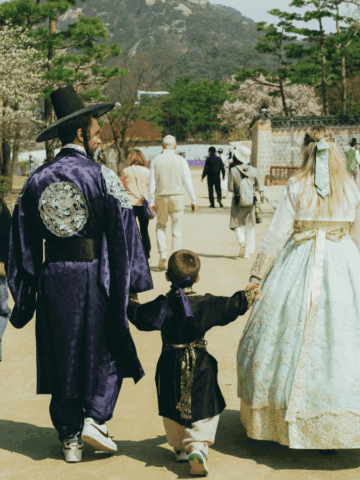
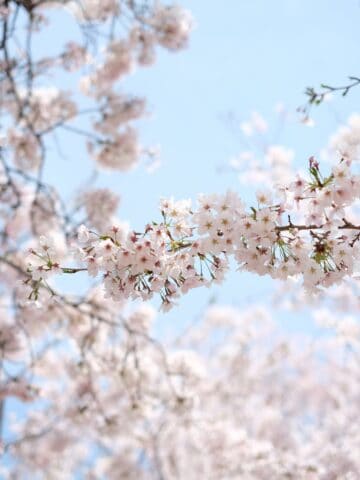
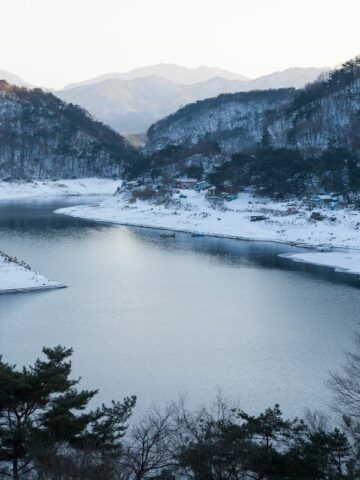
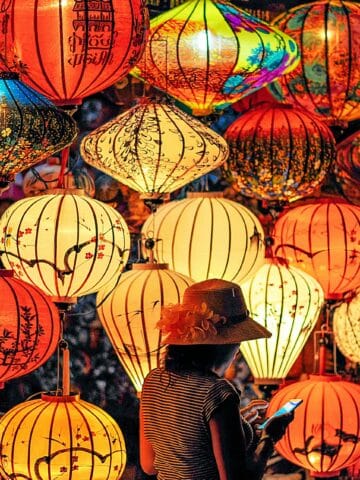
Comments
No Comments